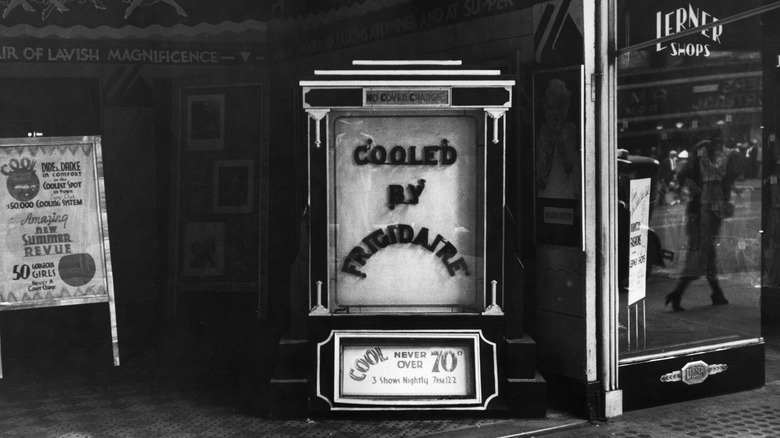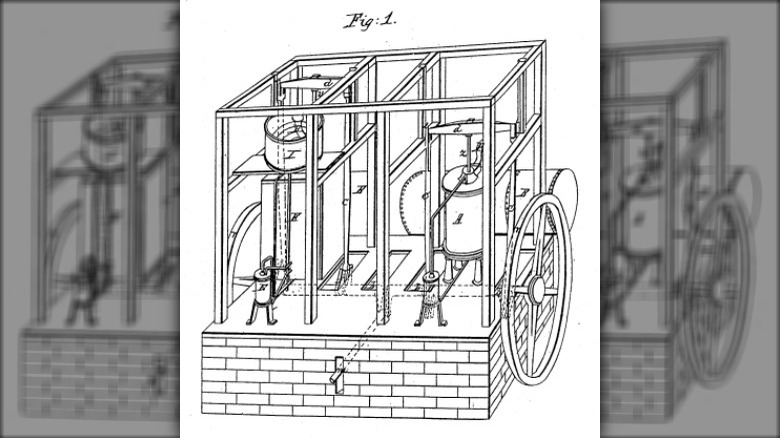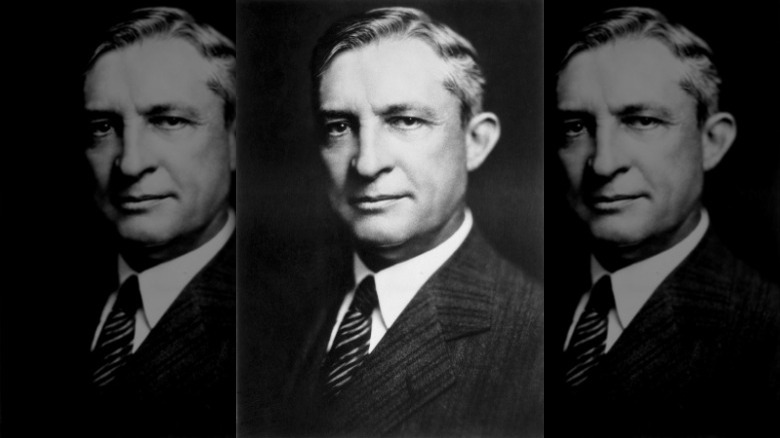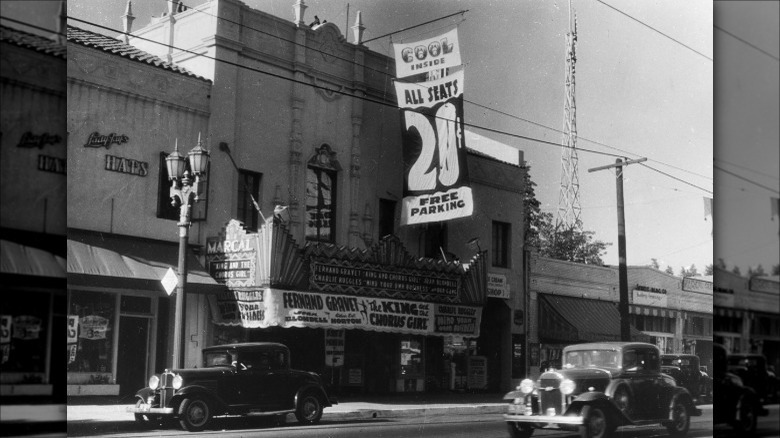How Movie Theaters Got People To Finally Embrace Air Conditioning
Some inventions seem to catch the popular imagination by storm: the lightbulb, the telephone, and, of course, the internet, which, — despite remaining for many years the preserve of computer specialists and enthusiasts — has become essential to our daily lives. Meanwhile, other inventions really prove difficult for the general public to get their heads around, especially those that are technical and not necessarily straightforward to explain. In recent years, cryptocurrency and its associated developments such as NFTs made an initial splash, though they have not been as earth-shaking as their evangelists once suggested they might be (per Forbes).
But one invention that it is somewhat surprising to hear took a long time to catch on is air conditioning. Today, air conditioning is incredibly popular, with almost 90% of American homes having it in one form or another as of 2022, according to the U.S. Energy Information Association. For many, being able to work in an office or sleep comfortably at home during the summer months would be impossible without it. Nevertheless, despite how crucial and logical air conditioning is considered today, early inventors of air conditioning systems had a difficult time making it a viable product for public consumption. It was only when such systems began to be installed in movie theaters based on a design by a pioneering inventor named Willis H. Carrier — often considered the father of modern air conditioning — that the public learned that air conditioning really works, after which it spread to homes and workplaces.
Early air conditioning
Before Willis H. Carrier brought air conditioning to the masses, there had been several attempts to create and market an invention that resembled the air conditioning we know today. Most notable were the efforts of John Gorrie, a 19th-century doctor and inventor based in Florida who became convinced that lower temperatures were good for physical health by limiting the spread of viruses and diseases.
Gorrie set to work attempting to create an early air conditioning system, originally creating rather infeasible designs that incorporated ice that was brought in from colder climates. He later patented designs for an ice "compressor" that would create ice in situ using steam or horsepower. His work has been identified as a stepping stone toward modern refrigeration, and though the ice compressor did indeed mark an important point in the history of air conditioning, it took a different system entirely for it to become a mass-marketable household appliance.
[Featured image via Wikimedia Commons | Cropped and scaled]
Willis H. Carrier
Willis H. Carrier was an engineer from New York who in 1902 made history by creating the first designs for what would later become modern air conditioning.
Necessity, they say, is the mother of invention, and in the summer of that year Carrier was tasked with solving a big heat-related problem. At the time, Carrier was working for the Buffalo Forge Company, and his help was requested at the premises of the Sackett-Wilhelms Lithographing and Publishing Company. Specifically, Workers complained that the summer heatwave was so extreme that the humidity was causing printing issues and crinkling up newly pressed magazines before they could even be distributed.
Carrier's called his first invention the "Apparatus for Treating Air," a patented device that could regulate humidity with cooling coils. Soon after, he built upon the design to control the temperature of the air itself. Twenty years later, Carrier had perfected his design into what he called the "Centrifugal Refrigeration Compressor," which soon became used in several industry settings.
The movie theater effect
According to The Smithsonian's Peter Liebhold, the early inventions of Dr. John Gorrie were in part met with reluctance by the public at large because in the 19th century there was the commonly held belief that "trying to control the environment was going against God's will." And while attitudes were undoubtedly changing toward new technology by the time Willis H. Carrier was making his own innovations in his development of air conditioning, the public was ultimately uninterested in the concept in a domestic setting until they finally got to experience it for themselves. And they did so in movie theaters.
By the 1920s, movie theaters had largely replaced the smaller and more rudimentary nickelodeons as the biggest form of mass entertainment in the country. But these larger auditoriums sometimes holding hundreds of people often had air circulation issues, with poor attempts at air conditioning making the higher seats stiflingly hot in the summer and the lower unbearably cold in the winter. Meanwhile, the poor quality of the air in a room holding hundreds of people was thought to repel more affluent customers.
As Carrier's technology became available to theaters, Americans began to experience quality modern air conditioning for the first time. Though early models were too large and expensive for household use, the technology continued to develop, and by the time of the post-war boom in the 1950s, home air conditioning was tipped as the must-have domestic appliance.



